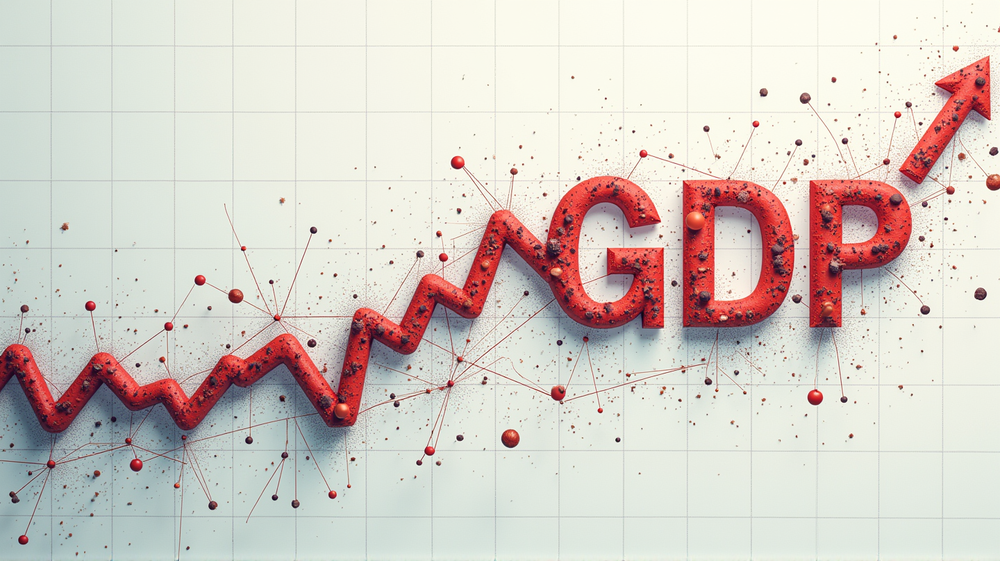US Economic Growth's Illusion: The Rebound That's Not All It Seems
A Seemingly Bright Facade
In an unexpected twist, the U.S. economy appeared rejuvenated, boasting a 3.0% growth rate in the second quarter. However, beneath the surface, the situation paints a less favorable picture. The increase, while initially promising, stems significantly from a decrease in imports rather than a robust domestic economic performance. According to Reuters, the real story is one of stalling engines rather than newfound speed.
The Import Impact
The drastic decline of imports, which fell at a record 30.3% rate, redirected focus on domestic consumption, yet it highlighted underlying weaknesses. This drop contributed to a reduction in the goods trade deficit, boosting the GDP on paper but not necessarily signifying strengthened economic health.
Consumer Spending Patterns
Consumer spending climbed at a moderate 1.4% pace in the second quarter, largely driven by pre-emptive purchases of motor vehicles ahead of anticipated trade tariffs, along with increased spending in healthcare and hospitality sectors. Yet experts warn of impending sluggishness as higher prices from tariffs emerge, potentially hampering further spending growth.
Investment Woes
The business sector, a vital cog of the economy, witnessed a reduction in equipment investments, with recent robust growth faltering. Residential investment experienced a contraction, reflecting the impact of high mortgage rates and cautious spending behaviors.
The Real Economic Landscape
Final sales to private domestic purchasers, an indicator often used to gauge genuine economic strength, grew at only a 1.2% rate. This metric, indicative of minimal underlying growth, reveals a slowing pace in domestic demand, marking the lowest increase since late 2022.
An Uncertain Future
The Federal Reserve’s cautious stance, maintaining interest rates steady amidst pressures, mirrors the economic uncertainty. Experts anticipate further easing of policies and predict muted growth for the remainder of the year, projecting an annual growth rate beneath the Federal Reserve’s non-inflationary target of 1.8%.
Amidst these economic complexities, marked by geopolitical and trade tensions, the U.S. may need to recalibrate its approach to ensure genuine growth and stability returns, leaving stakeholders keenly observing the evolving landscape.




